When Bodum took over a small clarinet factory in Normandy in 1982, it was not because of the fine orchestra clarinets they were producing but because of a relatively unknown coffee maker called the Chambord which they produced as well. The reason the French press coffee maker has become one of the most popular coffeemakers in the world is pure and simple, taste. The materials (glass and stainless steel) are completely taste-free so nothing comes between your ground coffee beans. This is exactly the reason why coffee tasters use this method to determine the quality of coffee beans. No paper filter not only means no waste, but that the coffee bean’s essential oils go directly to your cup, delivering the flavor that is-lost on paper filters. Simplicity works best and is the reason why the Chambord’s design has not changed a bit from its original drawing. Make taste, not waste.The Chambord is Bodum’s original coffee press design, which the company began to mass produce in 1982 after acquiring a small factory in Normandy where craftspeople made these presses by hand. Bodum takes great care to instill the same quality in craftsmanship, and the result, according to coffee purists, is a brewing machine that produces a taste and aroma superior to any electric coffeemaker. The secret is that the grounds are able to steep in boiling water for about 4 minutes before they are pressed with the plunger, producing a richer, full-bodied flavor. The glass carafe on this Chambord model holds a maximum of 48 ounces or 12 cups of brewed coffee or tea, making it a useful size for entertaining or for all-day-long drinkers. The chrome-plated brass frame and lid and stainless-steel plunger are durable and will hold up to years of brewing. For easy cleaning, the carafe and all its parts go right into the dishwasher. Replacement parts are available from the manufacturer. –Cristina Vaamonde
From the Manufacturer
When Bodum took over a small clarinet factory in Normandy in 1982, it was not because of the fine orchestra clarinets they were producing. In addition to musical instruments, the factory also produced the coffee of a relatively unknown brewer called “The Chambord.” Bodum combined the skills of these Normandy craftspeople with modern production. The result was a unique culinary tool, affordable to the many who loved the taste of what we now know as French press coffee.
Thanks to Bodum, and thanks to the increasing need for better coffee, the French press coffeemaker has become one of the most popular in the world. Yet the design has not strayed a bit from the original drawings, and Bodum still makes the Chambord with the same painstaking care and knowledge they gained from those Normandy craftspeople years ago. The ease of brewing and the delicious smell and taste of French-roasted dark coffee have remained unchanged.
 Awards and Accolades
Awards and Accolades
In 2004 the Bodum Chambord coffee press received the American Culinary Institute’s award for best French press coffeemaker.
The American Culinary Institute judges food preparation products such as mixers, waffle makers, and electric teakettles. These products are judged on criteria important to consumers such as ease of use, safety, and the quality of the food produced. The institute also judges food preparation products used in restaurants and hotels, including institutional mixers, large-volume coffee machines, and food slicers.
Instructions for Use
 1. Place pot on a dry, flat, nonslip surface. Hold handle firmly, then pull the plunger straight up and out of the pot.
1. Place pot on a dry, flat, nonslip surface. Hold handle firmly, then pull the plunger straight up and out of the pot.
2. For each 1.25-deciliter/4-ounce cup, put 1 rounded tablespoon or 1 Bodum scoop of coarse-ground coffee into the pot.
Caution: Use only coarse-ground coffee. Fine grind can clog the filter and create high pressure. Place coffeemaker on a heatproof, nonslip surface.
3. Pour hot (not boiling) water into the pot. Leave a minimum of 2.5 centimeters/1 inch of space at the top. Stir the brew with a plastic spoon.
Caution: Metal spoons can scratch or chip the glass beaker and cause breakage.
4. Place the plunger unit on top of the pot. Turn lid to close off the pour spout opening. (Does not apply to the Brazil models.) Do not press down. Let the coffee brew for at least 4 minutes.
5. Hold the pot handle firmly, with the spout turned away from you, then using just the weight of your hand, apply slight pressure on top of the knob to lower the plunger straight down into the pot. Lowering the plunger slowly with minimal pressure produces best results. If the filter clogs or it becomes difficult to push down the plunger you should remove the plunger from the pot, stir the brew, and then slowly plunge again.
WARNING: Using excessive force can cause scalding liquid to shoot out of the pot.
6. Turn the lid to open the pour spout and then pour coffee.
7. Unscrew the filter assembly and clean the plunger unit after each use. All parts are dishwasher-safe.
Safety Instructions
Not for stovetop use. Check glass beaker for scratches, cracks, or chips. Do not use a pot that is scratched, chipped, or cracked. Install a replacement beaker before using the pot again. Keep children away while using. Hot water is a hazard to small children! Do not allow children to use this coffeemaker. Scald Hazard
Excessive plunging force can cause scalding hot liquid to shoot out of pot. Do not plunge with force. Turn lid to close spout. Use only coarse-ground coffee.
Company History
In 1944 Peter Bodum, the father of today’s owner, Joergen Bodum, started Bodum in Copenhagen. Times were difficult at the end of World War II; there was hardly any trade and people were out of work. Peter Bodum managed to wholesale a very small variety of housewares products by Danish manufacturers.
After the war Peter Bodum got an import license for kitchen and tabletop products; he traveled all over Europe and ended up importing kitchen and housewares to Denmark. As in the rest of Europe in those days, a lack of products in Denmark meant a market existed for almost anything to be sold. He specialized in glassware from Eastern Europe.
In the ’50s Peter Bodum started developing his own products. He collaborated with the Danish architect Kaas Klaeson for a range of coffeemakers. At the time, industrial-design-type kitchen products were very rare. The first Bodum product to hit the market in 1958 was the Santos coffeemaker–based on a vacuum coffee brewing system. It became an instant sensation not only in Denmark but in all of Europe. Bodum still produces the original Santos design to this very day.
Bodum grew steadily during the ’60s, but sadly, in 1967, at the age of only 57, Peter Bodum passed away. His wife managed the company until 1974, when she offered her 26-year-old son Joergen to join her in the management of the company. Joergen quickly brought on board Carsten Joergensen–then a teacher at the Danish School of Art in Copenhagen–and soon put him in charge of overall design for Bodum, including everything from products to corporate design, exhibitions, shops, buildings, catalogs, and advertising. It turned out to be a very long and fruitful collaboration. The two men began to fulfill Bodum’s credo–“good design doesn’t have to be expensive”–in lots of different ways.
In 1974 the first fruit of Joergen and Carsten’s collaboration was introduced: the French coffee press Bistro. It was also the first incorporation of the new Bodum design language–beautiful simplicity and excellent materials for everyday life. Many more variations of coffee presses followed. Since 1974, Bodum has produced over 50 million French presses, taken the leap from “coffee” to “kitchen,” and developed and produced a large variety of beautiful household and tabletop designs.
In 1979, when he took over the company, Joergen Bodum decided to move to Switzerland in order to be more centrally located in Europe. He chose the Lucerne area, where Bodum’s head office has been located since the early ’80s.
In 1980 Bodum Switzerland and its design unit, Pi-Design, were founded. Then, in 1986, the opening of Bodum’s first shop in London marked another milestone in the Bodum history. It was designed not only to be the perfect showcase for the large variety of Bodum products but to embody an even stronger presentation of Bodum as an international brand. Many more shops in many more cities all over the world followed: Paris, Copenhagen, Zurich, Lucerne, Tokyo, New York, Dallas, Okinawa, Auckland, and many more. To this day there are 52 Bodum stores worldwide.
With more and more of its own stores in place, Bodum continued broadening its collection of beautifully designed everyday life products–from kitchen to home. Today Bodum offers its customers everything from the latest coffee- and tea-making products to tabletop, kitchen, storage, textiles, bathroom, and home office products. Some stores also have a café where Bodum’s own selection of coffees and teas are served.
The Bodum Group is, and always has been, a 100 percent family-owned business. Today the company operates in 14 different countries with over 700 employees worldwide. Bodum has holding companies in Denmark and Switzerland as well as 12 sales companies, 3 production companies, and a design company called Bodum Design Group, located in Switzerland.
Product Features
- Coffee is measured in 4 oz. cups, this 12-cup, 51-ounce French Press serves for 3-4 people
- Carafe is made of durable, heat-resistant borosilicate glass; Stainless Steel frame and heat resistant handle. Both Dishwasher Safe
- 3-part stainless steel mesh filter helps extract your coffee’s aromatic oils and subtle flavors
- Pressed coffee extracts the perfect amount of essentials oils and acids from the bean for the maximum amount of flavor from your coffee. It’s the preferred method for brewing for coffee enthusiasts everywhere
- All parts are dishwasher-safe


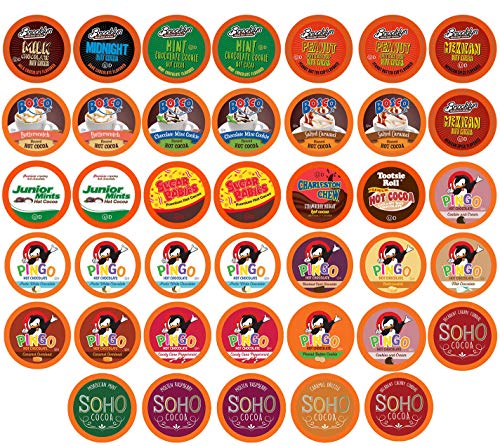
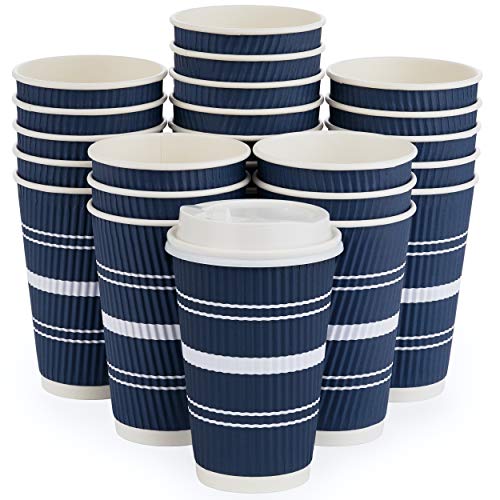
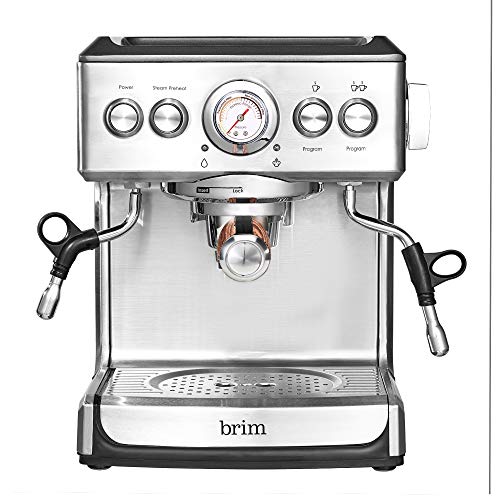
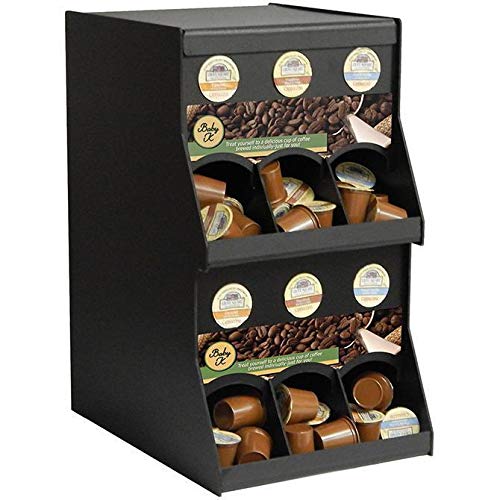
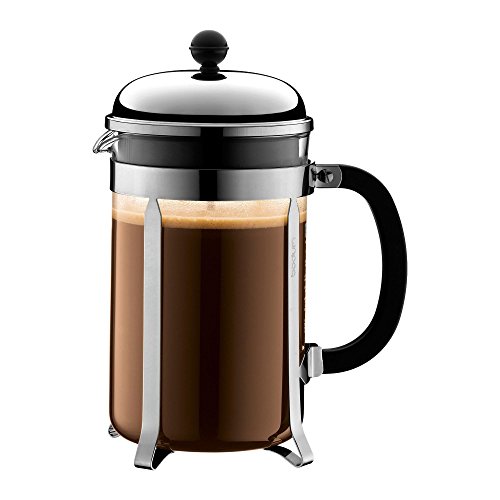
 Awards and Accolades
Awards and Accolades 1. Place pot on a dry, flat, nonslip surface. Hold handle firmly, then pull the plunger straight up and out of the pot.
1. Place pot on a dry, flat, nonslip surface. Hold handle firmly, then pull the plunger straight up and out of the pot. 
Exceeded all expectations, but 16 oz not 32 oz Everything about this coffee maker met or exceeded my expectations. (With one caveat, at the end of the review.)I’d heard that all âFrench Pressesâ deposit a very small amount of coffee grounds in your coffee. Everyone said it was a small trade-off for the best cup of coffee you can easily make at home. One even said those grounds were a “badge of honor.”Well, I’ve been using my Bodum for weeks now and am yet to notice a single coffee ground in my coffee. Perhaps…
Great coffee, poor design. I had a Bodum press previously for times when I needed a quick cup and didn’t want to do a whole pot of coffee in the coffee maker. One day when I cleaned the coffee maker I found so much gunk in it I knew I could never use a drip machine again. GROSS!So I made the break and went 100% press and never looked back. The coffee is better and a little extra cleanup day to day over the horrors that lay inside the guts of a drip machine made it no contest.But I needed a bigger…
Bodum is a name that you can trust Love the French press…Bodum is a name that you can trust. This is perfect for two large coffees (34oz) and that is exactly what we need…one for me and my wife. If you need lots of coffee then this might not be the thing for you. If you are the only one and like a couple cups of coffee I would suggest getting the thermal wrap to help it stay hot in the glass.Make sure to not ground your beans too fine and let it rest for about 4-5 minutes. That’s what I’ve been doing and it comes…